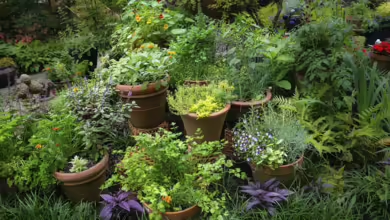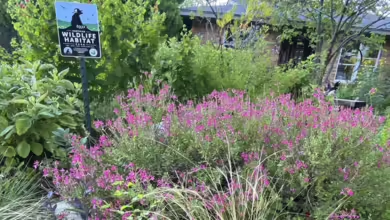Flower Power in Your Garden
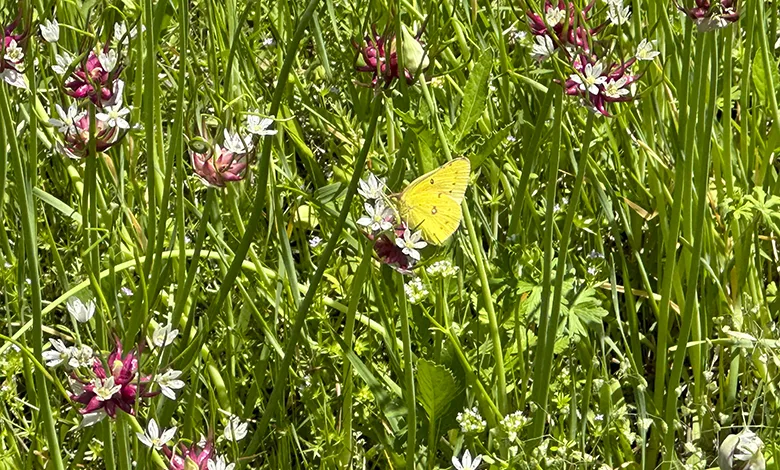
Nothing brightens the landscape more than colorful flowers and foliage. Spring is perfect for adding color to your landscape using perennials and annuals. Whether you have a small or large area or just a few large containers, now is the time to plan to plant this spring. By March, the garden centers will be full of so many options. Plan for colors, sunlight, size of area or containers, blooming period, annual, perennial, water requirements, and soil. Look for plants that flower all summer. Many flowering plants attract butterflies, hummingbirds, bees, and other pollinators. Many have beautiful scents that fill the air.
Once you decide on the location and size of the area or containers, determine the number of hours the area receives sunlight. Some plants thrive in full sun, and some require shade. Garden center personnel will gladly suggest plants once you determine the sunlight hours, size of planting area, and colors. Also, ask about water requirements. Plants shine in groups, so plant several together with the exact water requirements. The combinations are endless!
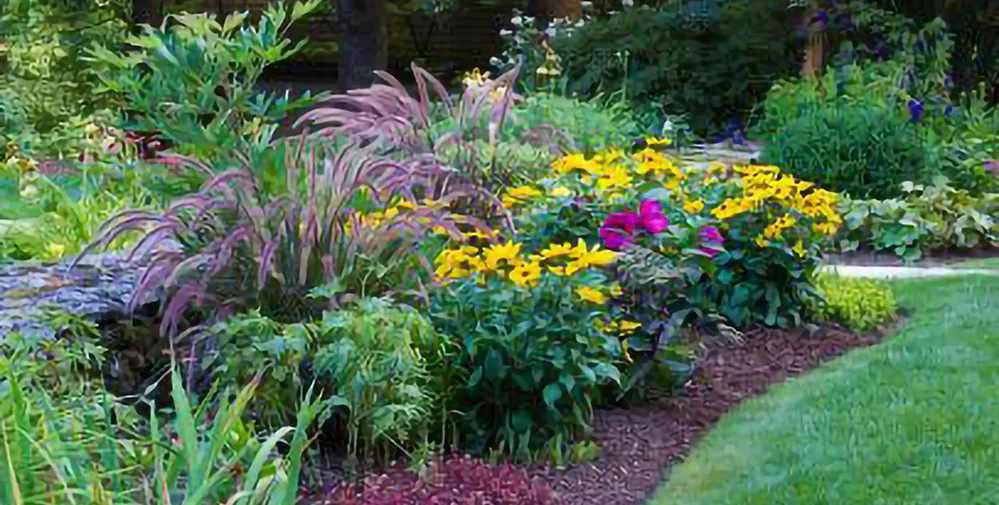
Small planting areas look good with a mass of one color, contrasting colors, or a potpourri of color. Large areas allow more options for color schemes and plant size. You can fill a small area quickly with a few plants. A large area takes time for the plants to grow and fill the area. A small 4-inch pot of lantana planted in the spring can grow up to 3 to 4 feet wide by the end of the summer. So, consult with the garden center or read the label to determine the height and width potential.
Annuals or bedding plants are grown for one season: spring, summer, fall, or winter. There are so many choices it is difficult to mention them all. Research the look you want to achieve. Trust your instincts or consult your garden center.
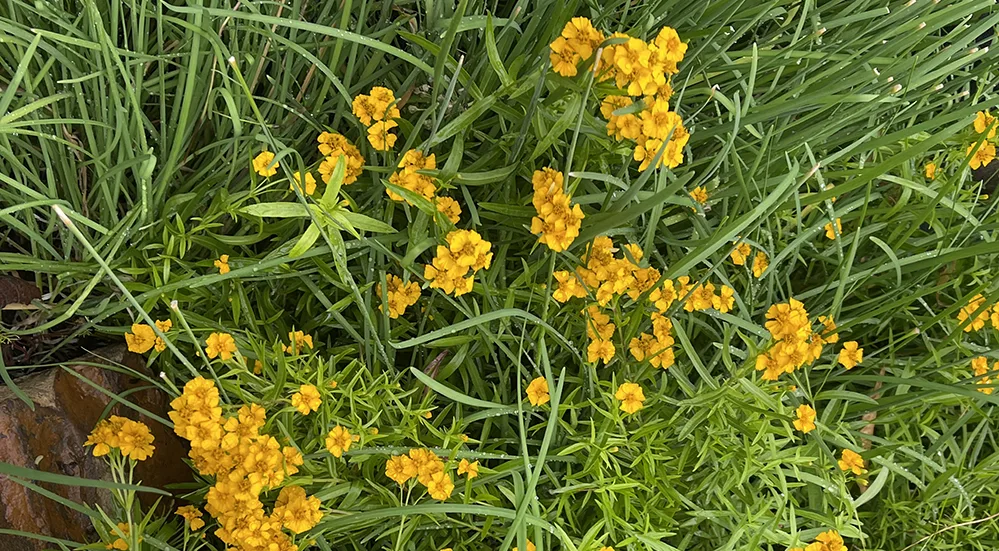
A few annuals that thrive in this area in the sun for spring and summer are zinnias, cosmos, cleome, marigolds, portulaca, a variety of salvias (many salvias are also perennial), butterfly weed, tropical hibiscus, sunflowers, cardoon/artichoke, sweet potato vine (colored foliage), and hyacinth bean vine. This list is a small sampling compared to what is available. The favorite annual shade plants are impatiens, begonias, and pentas. Caladiums and coleus stand out in a garden for their colorful foliage.
Perennials grow for many years as they return from their dormant winter state. A good source for you to explore the large varieties of perennials with pictures is the Texas SmartScape website. Check the plant search list by color, size, and blooming time.
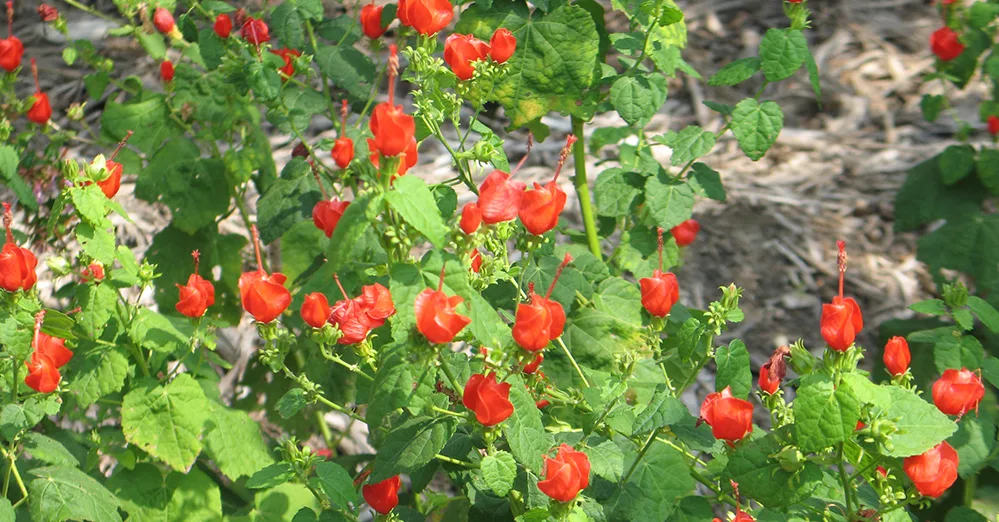
Some of my favorite perennials that flower all summer include Salvia greggii, mealy blue sage, Scabiosa, lantana, Zexmenia, Turk’s cap, Calylophus, coreopsis, blackfoot daisy (only for arid locations), hardy hibiscus, oxeye daisy, rain lily, and bee balm.
Favorite perennial shade plants are Texas columbine, Ruellia, Gerbera daisies, Turk’s cap, hellebore, hardy plumbago, oakleaf hydrangea, obedient plant, cedar sage, lyreleaf sage, wood violets, wood sorrell, and for colorful foliage coral bells (Heuchera), purple heart, purple oxalis.
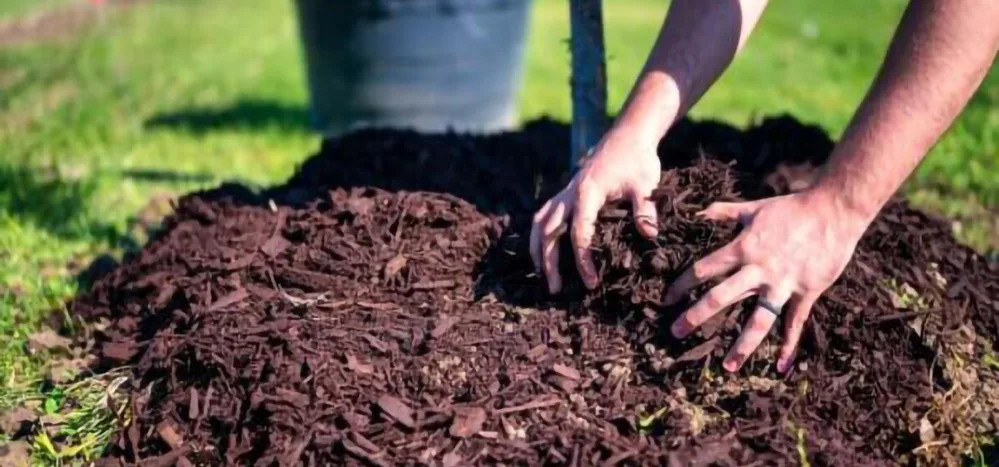
After matching plants to the location for sun, size, and color, prepare the soil by adding compost. The heavy clay soil in this area requires an addition of compost for plants to thrive. Add expanded shale and compost if planting perennials. Use potting soil in containers. Plant your beautiful plants at the recommended spacing, then add a mulch layer. The mulch is like icing on a cake. The mulch looks good and holds moisture in the soil. Add mulch to containers, too.
Hand water for the first few weeks. Annuals grow and root in very fast. Perennials take several weeks. Water containers as needed. Most potting soils have moisture controls to keep the soil moist longer. Check your irrigation system to make sure the area will receive water. You can add a separate irrigation zone just for color beds— check with your irrigator/landscaper on implementing additional watering systems.
Gardening can ease the mind and soothe the soul. So, have fun with the flower power in your garden!


